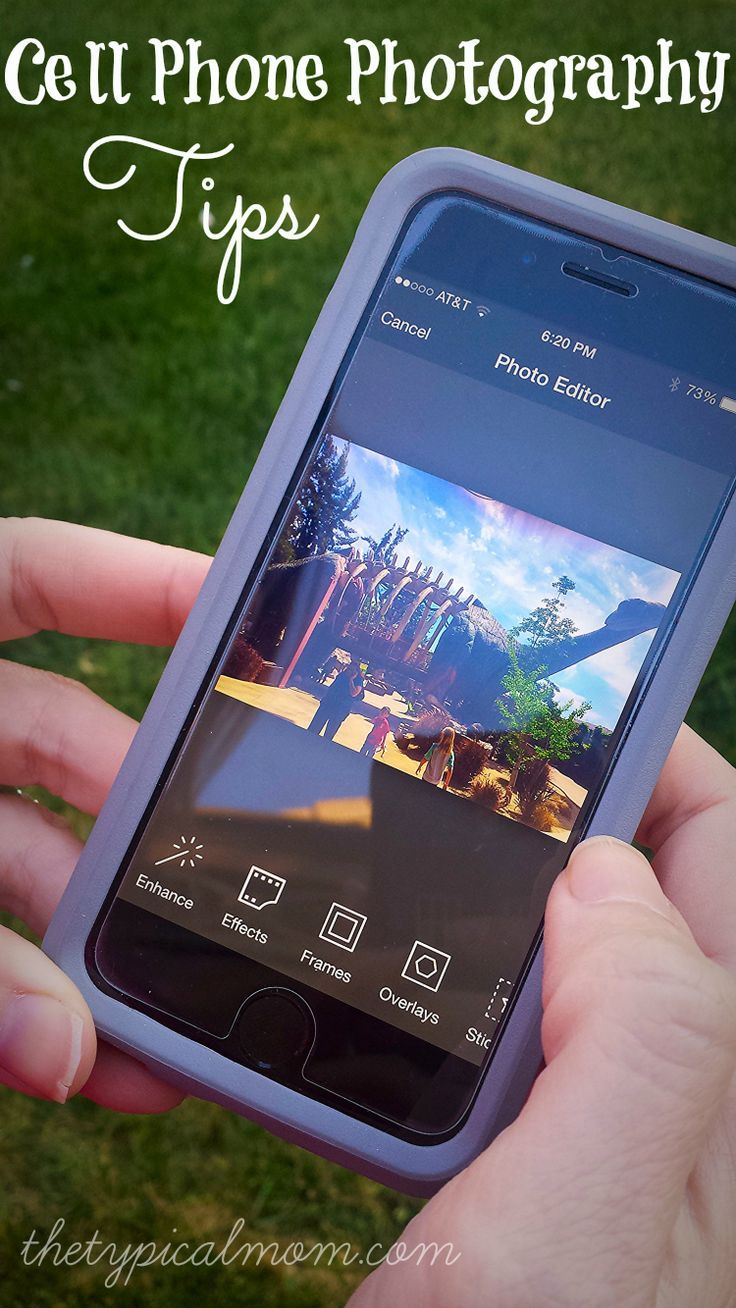Imagine turning your everyday smartphone photos into a source of income! Shutterstock is a popular platform where photographers—amateur and professional alike—can sell their images to a global audience. The best part? You don’t need fancy equipment; your trusty smartphone is enough! With a little know-how, patience, and creativity, you can start building a portfolio that catches the eye of buyers. Whether you’re capturing landscapes, candid moments, or abstract textures, this guide will walk you through how to make the most of your phone camera and get your shots approved on Shutterstock. Ready to turn your photos into money? Let’s dive in!
Understanding Shutterstock’s Photo Submission Requirements
Before you start snapping away and uploading images, it’s essential to understand what Shutterstock looks for in submitted photos. They have specific guidelines designed to ensure that only high-quality, commercially viable images make it onto their platform. Here’s what you need to keep in mind:
Quality and Technical Standards
- Resolution: Your photos should be at least 4 megapixels (roughly 2000 pixels on the shortest side). Higher resolution images are preferred, especially for larger licensing options.
- Focus and Sharpness: Blurry or out-of-focus images won’t pass. Make sure your subject is sharp and well-focused.
- Proper Exposure: Avoid overexposed or underexposed shots. Use your phone’s exposure controls to get the right brightness.
- No Watermarks or Logos: All images must be free of watermarks, logos, or branding unless they are specifically part of the content and you have rights to sell them.
Content Guidelines
Shutterstock looks for images that are versatile and appealing to a broad audience. Here are some tips:
- Originality: Avoid overly generic or cliché shots. Try to capture unique perspectives or interesting compositions.
- Model and Property Releases: If your photo features recognizable people or private property, you need the proper legal releases to sell these images.
- Avoid Controversial or Restricted Content: Don’t upload images that contain sensitive or copyrighted material, or that violate Shutterstock’s content policies.
Technical Tips for Smartphone Photography
Since you’re working with a phone, here are some practical tips to meet Shutterstock’s standards:
- Use Grid Lines: Enable grid lines in your camera settings to help with composition and alignment.
- Tap to Focus: Make sure to tap on your main subject to focus properly and adjust exposure accordingly.
- Hold Steady: Use both hands or a tripod to prevent camera shake, especially in low light conditions.
- Good Lighting: Shoot in natural light whenever possible—early morning or late afternoon light adds warmth and dimension.
- Edit Thoughtfully: Basic editing like adjusting brightness, contrast, or cropping can enhance your images, but avoid over-processing.
Getting familiar with these requirements will save you time and help you produce images that are more likely to be accepted and sell well. Remember, quality and originality are key—your smartphone is more powerful than you think!
Preparing Your Phone for High-Quality Photography
Before you start snapping away, it’s important to make sure your phone is ready to deliver the best possible images. Think of it like prepping your camera gear — a little prep work can make a huge difference in the final shot. Here are some simple steps to get your phone camera in top shape:
- Clean Your Lens: It might sound obvious, but fingerprints, dust, and smudges can seriously affect image clarity. Use a soft microfiber cloth to gently wipe the lens. This small step can prevent blurry or hazy photos.
- Update Your Software: Keep your phone’s operating system and camera app updated. Developers often release updates that improve camera performance, fix bugs, and add new features that can help you take better photos.
- Check Your Storage: Make sure you have enough free space. Running out of storage mid-shoot can be frustrating and may prevent you from capturing spontaneous moments. Delete unnecessary files or transfer photos to your computer or cloud storage.
- Adjust Camera Settings: Explore your camera app’s settings. Turning on features like grid lines helps with composition, while enabling HDR (High Dynamic Range) can help you capture more balanced photos in tricky lighting conditions.
- Stabilize Your Phone: To avoid blurry images, consider investing in a small tripod or using a stable surface to rest your phone on. If you’re shooting handheld, brace your elbows against your body for extra steadiness.
Taking these simple steps before you start shooting ensures your phone is primed for capturing crisp, vibrant photos suitable for Shutterstock. Remember, a little preparation goes a long way in elevating your mobile photography game!
Tips for Capturing Professional-Looking Photos with Your Smartphone
Now that your phone is prepped, it’s time to focus on how to actually take those stunning, professional-looking shots. Don’t worry — you don’t need a fancy camera to produce images that stand out on Shutterstock. Here are some practical tips to help your smartphone photos look polished and appealing:
1. Master Composition
Good composition is the backbone of great photos. Use the Rule of Thirds — imagine your screen divided into nine equal parts with two horizontal and two vertical lines. Place your main subject along these lines or at their intersections to create a balanced and engaging image.
Also, pay attention to the background. A clutter-free background keeps the focus on your subject and makes the photo look cleaner and more professional.
2. Use Natural Light
Lighting can make or break a photo. Whenever possible, shoot in natural light — early morning or late afternoon (golden hour) provides soft, warm tones that enhance your images. Avoid harsh midday sun, which can cause overexposure and unflattering shadows.
If indoors, position your subject near a window to take advantage of diffused daylight. Avoid using your phone’s built-in flash unless you absolutely need to, as it can create harsh shadows and flat-looking photos.
3. Focus and Exposure
Tap on your screen to set the focus on your main subject. Most smartphones let you adjust exposure (brightness) by sliding your finger up or down after focusing. Proper focus and exposure ensure your photo isn’t blurry or washed out, which is key for professional-looking images.
4. Keep It Steady
To avoid blurry images, hold your phone steady. Use both hands or stabilize your phone against a solid surface. If available, use a tripod or stabilizer designed for smartphones. This is especially helpful in low-light situations where longer exposure times are needed.
5. Edit Thoughtfully
Post-processing can add that extra polish to your photos. Use editing apps to tweak brightness, contrast, or sharpness. But remember, less is more — aim for natural-looking enhancements that highlight the subject without overdoing it.
6. Practice and Experiment
The best way to improve is to keep practicing. Experiment with different angles, lighting conditions, and subjects. Review your photos and note what works best. Over time, you’ll develop your own style and see what makes your images pop.
By applying these tips, you’ll be well on your way to capturing high-quality, professional-looking photos with just your smartphone. And those sharp, vibrant images will make a big difference when submitting to Shutterstock or any other stock photo platform. Happy shooting!
Editing and Enhancing Your Photos Before Submission
Once you’ve snapped some great shots with your phone, the next step is to give them a little extra polish. Good editing can make your photos stand out on Shutterstock and attract more buyers. Don’t worry— you don’t need fancy software; there are plenty of user-friendly apps that do the job well.
Start by reviewing your photos and selecting the best ones. Look for images that are sharp, well-lit, and free of distractions. These are the ones that have the most potential.
When editing, focus on a few key areas:
- Brightness and Contrast: Adjust these to make your photo look vibrant and balanced. Sometimes a slight increase in contrast makes details pop.
- Color Correction: Ensure your colors are true to life. Use saturation sparingly—overly saturated images can look unnatural.
- Sharpness: Enhance details by sharpening your image, but avoid overdoing it, which can create noise or halos.
- Cropping and Straightening: Crop out any unwanted elements and straighten horizons or vertical lines to give your photo a professional feel.
- Removing Blemishes or Distractions: Use tools to clean up dust spots, lens flare, or minor imperfections that detract from your image.
Popular editing apps like Adobe Lightroom Mobile, Snapseed, or VSCO are intuitive and powerful for mobile editing. They also allow batch editing, which saves time if you have multiple photos to process.
Keep in mind the importance of maintaining a natural look. Over-editing can make images appear unrealistic or overly processed, which might not meet Shutterstock’s quality standards.
Finally, before submitting, double-check your images at full resolution. Ensuring they are crisp and clear helps your photos meet Shutterstock’s technical requirements and increases your chances of acceptance.
Uploading Your Photos to Shutterstock and Optimizing Metadata
Great photos are only part of the equation—you also need to upload them properly and make sure they’re easy for buyers to find. Optimizing your metadata (titles, descriptions, keywords) is essential for getting your images noticed in Shutterstock’s vast library.
Here’s a step-by-step guide to uploading and optimizing:
- Prepare Your Files: Ensure your photos are in the correct format—JPEG is preferred—and meet Shutterstock’s resolution requirements (generally at least 4 MP). Name your files clearly, ideally with descriptive titles that reflect the content.
- Create an Account and Access Contributor Dashboard: Log in to your Shutterstock contributor account and navigate to the upload section.
- Upload Your Photos: Select your edited images and upload them. Shutterstock allows multiple uploads at once, so take advantage of batch processing to save time.
- Fill Out Metadata Carefully: This is where your keywords, titles, and descriptions come in. Think like a buyer: what terms would someone search for to find your image?
| Field | Tips |
|---|---|
| Title | Be descriptive and specific. Include key elements like the subject, location, or activity. |
| Description | Expand on the title. Mention details that might not be obvious, such as emotions or context. |
| Keywords | Use relevant, specific keywords. Include synonyms and related terms to broaden your reach. Don’t overstuff—stick to relevant tags. |
For example, if you uploaded a photo of a sunset over a mountain, your metadata could look like:
- Title: Beautiful Mountain Sunset with Orange Sky
- Description: A stunning sunset casting orange hues over a mountain range, perfect for nature or travel themes.
- Keywords: sunset, mountain, nature, landscape, orange sky, outdoor, scenic, travel
Remember, accurate and descriptive metadata not only helps your images get discovered but also reduces the chances of rejection for incorrect or misleading information.
Once everything looks good, submit your images for review. Shutterstock will evaluate your photos based on quality and compliance standards. Patience is key—if your images are approved, they’ll be available for licensing, and you can start earning royalties!
Common Mistakes to Avoid When Taking Photos for Shutterstock
Now that you know the basics of capturing great images with your phone, let’s talk about some common pitfalls to steer clear of. Avoiding these mistakes can significantly boost your chances of getting your photos accepted and making sales on Shutterstock.
1. Poor Lighting: Lighting is everything in photography. Relying on bad or uneven lighting can lead to dull, unappealing images. Try to shoot during the golden hours — early morning or late afternoon — when natural light is soft and warm. If shooting indoors, use natural light from windows or consider investing in affordable lighting equipment to brighten your scene evenly.
2. Low Resolution and Quality: Even though phone cameras have improved a lot, always double-check the resolution and quality before uploading. Shutterstock prefers high-resolution images (usually 4MP or higher). Avoid blurry, pixelated, or heavily compressed photos that look unprofessional.
3. Ignoring Composition: Composition makes or breaks a photo. Avoid cluttered backgrounds, awkward framing, or distracting elements. Use the rule of thirds, leading lines, and other compositional techniques to create balanced, eye-catching images.
4. Not Focusing Properly: Blurry focus is a common mistake. Tap on your subject on your phone screen to ensure proper focus before snapping the shot. Also, make sure the main subject is sharp and clear.
5. Over-Editing: While editing can improve your photos, overdoing it can make images look unnatural or unprofessional. Stick to subtle adjustments like brightness, contrast, and sharpness. Shutterstock prefers clean, true-to-life images.
6. Ignoring Shutterstock’s Content Guidelines: Each platform has specific rules about what can and cannot be uploaded. Make sure your photos don’t contain copyrighted logos, identifiable private property without model releases, or inappropriate content. Familiarize yourself with Shutterstock’s submission guidelines to avoid rejection.
7. Not Diversifying Your Portfolio: Relying on just one style or subject can limit your success. Experiment with different themes, compositions, and concepts to appeal to a broader audience. Think about current trends and what buyers might be searching for.
By being mindful of these common mistakes, you’ll set yourself up for a smoother upload process and better chances of your photos being accepted and purchased.
Conclusion and Final Tips for Success
Taking photos for Shutterstock using your phone is an accessible and rewarding way to turn your photography hobby into a potential income stream. Remember, the key is to focus on quality, originality, and understanding what buyers are looking for. Here are some final tips to help you succeed:
- Practice regularly: The more you shoot, the better you’ll understand lighting, composition, and editing.
- Research current trends: Browse Shutterstock’s trending images to see what types of photos are in demand.
- Use good equipment: While smartphones are powerful, consider investing in accessories like a tripod, external lenses, or lighting to enhance your shots.
- Pay attention to details: Small touches, like avoiding distracting backgrounds or clutter, can make a big difference.
- Stay consistent: Upload regularly to build your portfolio and increase visibility.
- Be patient and persistent: Success might not come overnight. Keep improving your skills and submitting quality images.
Ultimately, your smartphone can be a powerful tool for creating stunning, marketable images. Keep learning, experimenting, and staying inspired. With dedication and attention to detail, you’ll increase your chances of making your photos stand out on Shutterstock and beyond. Happy shooting!



